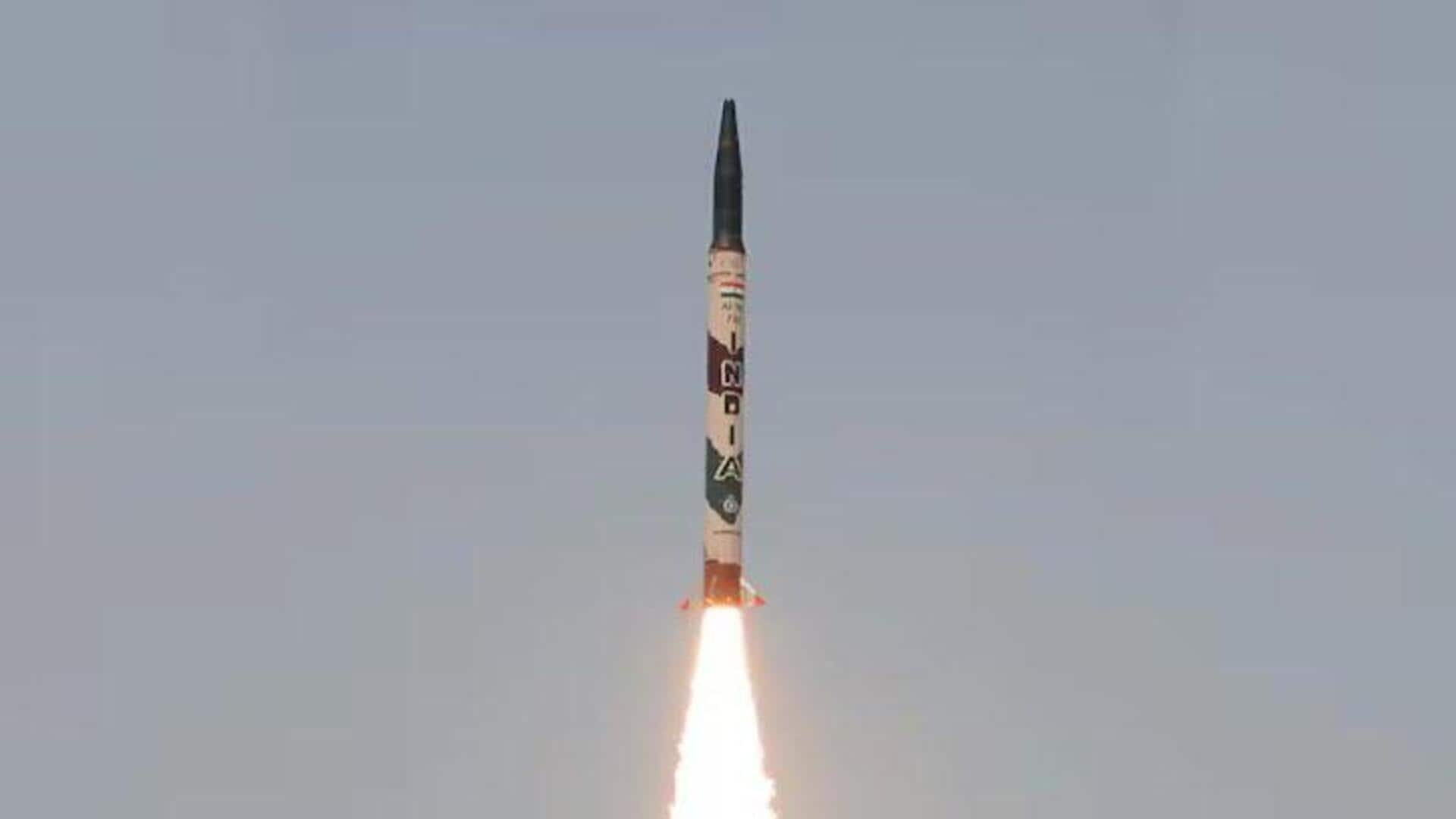
India test-fires nuclear-capable missiles, Prithvi-II and Agni-I; why it's important
What's the story
India successfully test-fired its nuclear-capable ballistic missiles, Prithvi-2 and Agni-1, on Thursday. The tests were conducted by the Strategic Forces Command (SFC) from the Integrated Test Range off the Odisha coast. The defense ministry confirmed that all operational and technical parameters were validated during these tests. This test was carried out after recent border tensions with Pakistan during Operation Sindoor from May 7 to 10.
Missile details
Pakistan-specific missiles with nuclear capabilities
The Prithvi-2 has a strike range of 350km and can carry a payload of up to 500kg. It is capable of carrying both conventional and nuclear warheads. It uses smart computer guidance to hit targets and is launched from mobile trucks. The Agni-1, on the other hand, has a range of 700km and can carry a payload of 1,000kg. Per TOI, both missiles are Pakistan-specific and form an integral part of India's nuclear deterrence strategy.
New developments
India looks to strengthen its nuclear deterrence capabilities
Both the ballistic missiles are products of the Defence Research and Development Organisation (DRDO) and were developed under India's Integrated Guided Missile Development Programme (IGMDP). The tests also come as India looks to strengthen its nuclear deterrence capabilities with the induction of the new-generation Agni-Prime missile. The Agni-Prime has a strike range of 1,000-2,000km and is expected to replace the Agni-1 and Agni-2 missiles over time. It is also a canister-launch system like the Agni-V.
Additional tests
India also test-fired Akash Prime missile in Ladakh
In addition to the Agni and Prithvi tests, India also successfully test-fired the Akash Prime missile, a day earlier, in Ladakh. This upgraded version of the Akash weapon system is customized for high-altitude operations above 4,500 meters and has the latest enhancements, including an indigenously built radio frequency seeker. The test-firing of the missile in Ladakh gains significance because it is near the Line of Actual Control (LAC).